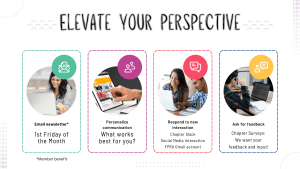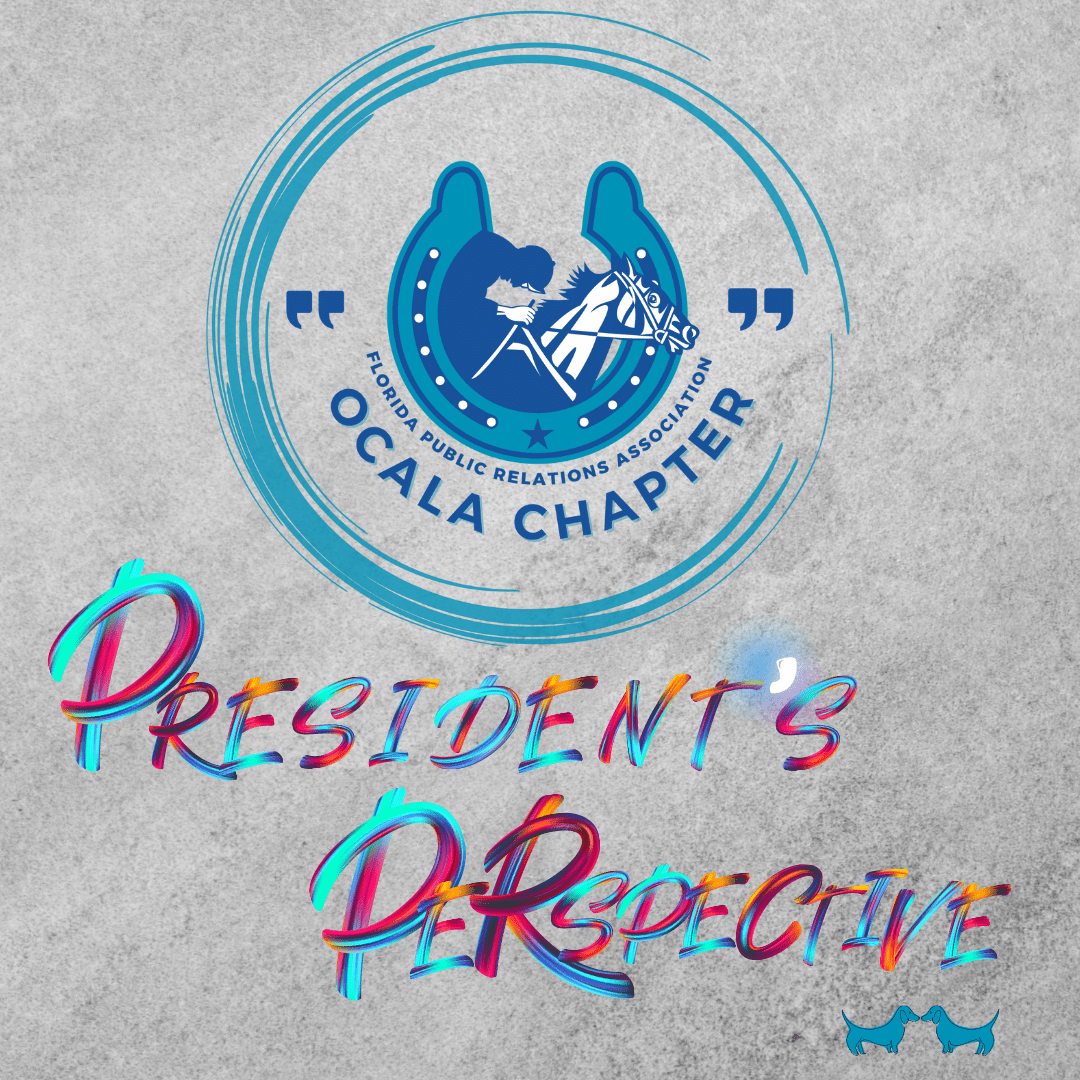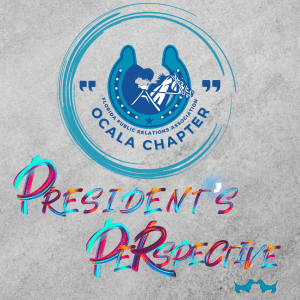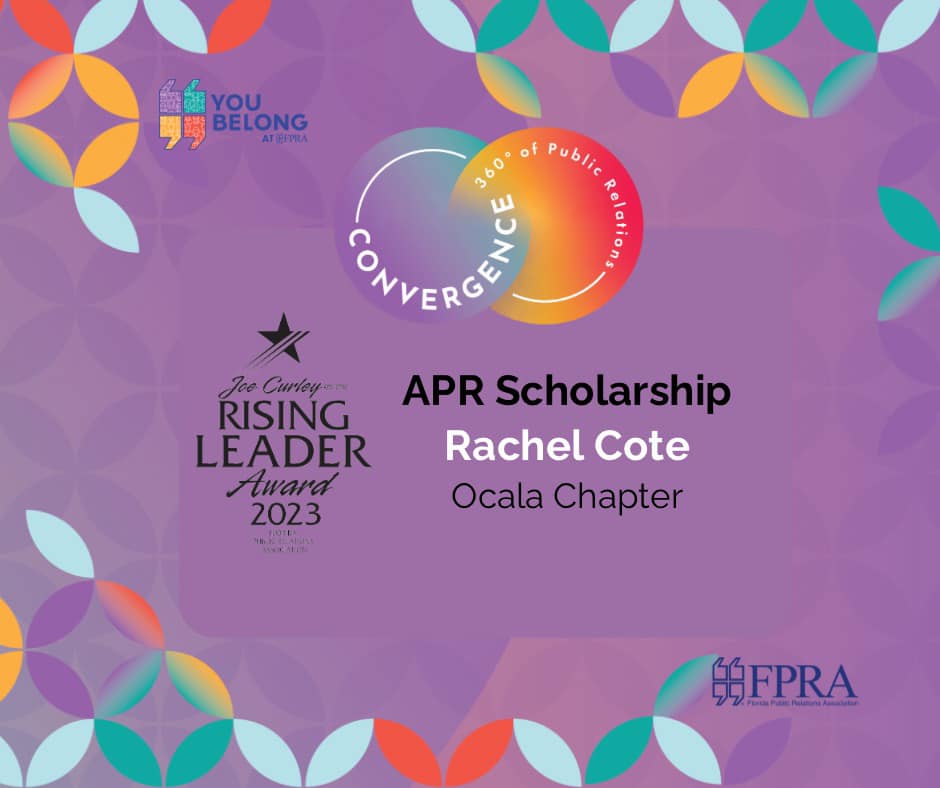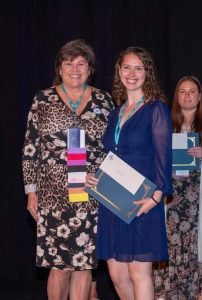Dear FPRA Ocala Chapter Members,
Welcome to April, a month filled with new beginnings, opportunities, and exciting developments! As your dedicated communication hub, we’re thrilled to bring you the latest updates and insights in this month’s newsletter.
Chapter Highlights:
-
Upcoming Events: Friendly reminder, we will not be meeting on April 12th for Professional Development. Why?? Because it’s COMMference time!!! Mark your calendars for April 26th and register today! You don’t want to miss out on an exciting day of speakers. **There will also be a session for Communication Ethics for APR continuing education credits.
- Golden Image Awards: Recognizing and Celebrating Excellence in Public Relations. FPRA’s Golden Image Awards recognize the best in public relations projects.
- Entries open: April 19, 2024
- Early Bird Deadline: May 7, 2024 at 11:59 p.m. ET
- Final Deadline: May 14, 2024 at 11:59 p.m. ET
- Winners Notified: June 19-21, 2024
- Golden Image Awards Gala: August 6, 2024 at the Grand Hyatt Tampa Bay.
- Reach new professional heights at the FPRA PR & COMMS SUMMIT.
It’s a new name but the same great opportunity for learning, networking and celebrating with the best in the communications business!
Join us from August 4-7 at the PR & Comms Summit in Tampa, Florida. For 85 years, FPRA has brought together public relations, marketing, advertising and communication professionals at all levels to stay on top of the latest communication trends while honing the comms skill set needed today for success.
This year’s gathering of communications professionals will engage with captivating speakers on topics that will help them “summit” to the top of their game for the organizations they represent as they hear from communication leaders from leading brands such as Microsoft, Walt Disney World Resort, Royal Caribbean Group, Paramount / MTV Studios and more.
Get Involved:
-
Volunteer Opportunities: Take an active role in shaping the future of our chapter by volunteering for committees, event planning, and leadership positions. Make a difference in our community! The 2024-2025 Leadership interest survey is now available on our website. If you have any questions, please reach out to our Immediate Past President Tammy Gantt directly at [email protected]. Surveys are due by Friday, April 19, 2024.
- Join the Conversation: Connect with fellow members, share your insights, and engage in meaningful discussions on our social media platforms and online forums. Your voice matters! Join us on Facebook, Instagram and LinkedIN @OcalaFPRA. You can also join us on Slack – please email [email protected] for a link.
Member Resources:
-
Member Benefits: Explore the array of benefits available to you as an FPRA Ocala Chapter member, including access to resources and networking opportunities. Make the most of your membership at www.fpra.org/.
Stay Connected:
Follow us on social media for real-time updates, event reminders, and exclusive content: @OcalaFPRA
I’m excited to embark on this journey together and continue our mission of advancing the public relations profession in the Marion and Citrus County communities. Thank you for being a valued member of FPRA Ocala Chapter!
Yours in Services,
Lindsay Tozer, FCRM
FPRA Ocala Chapter President




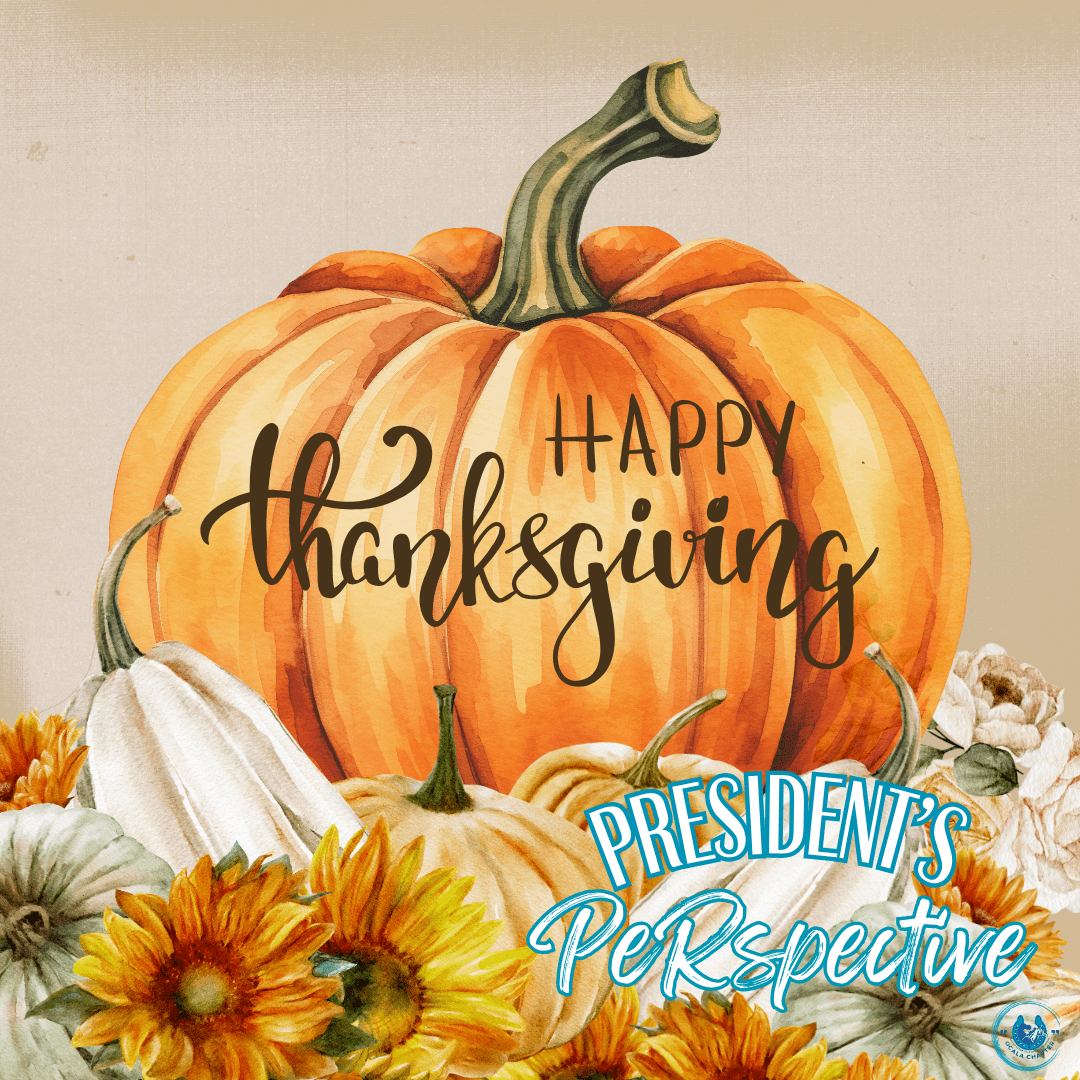
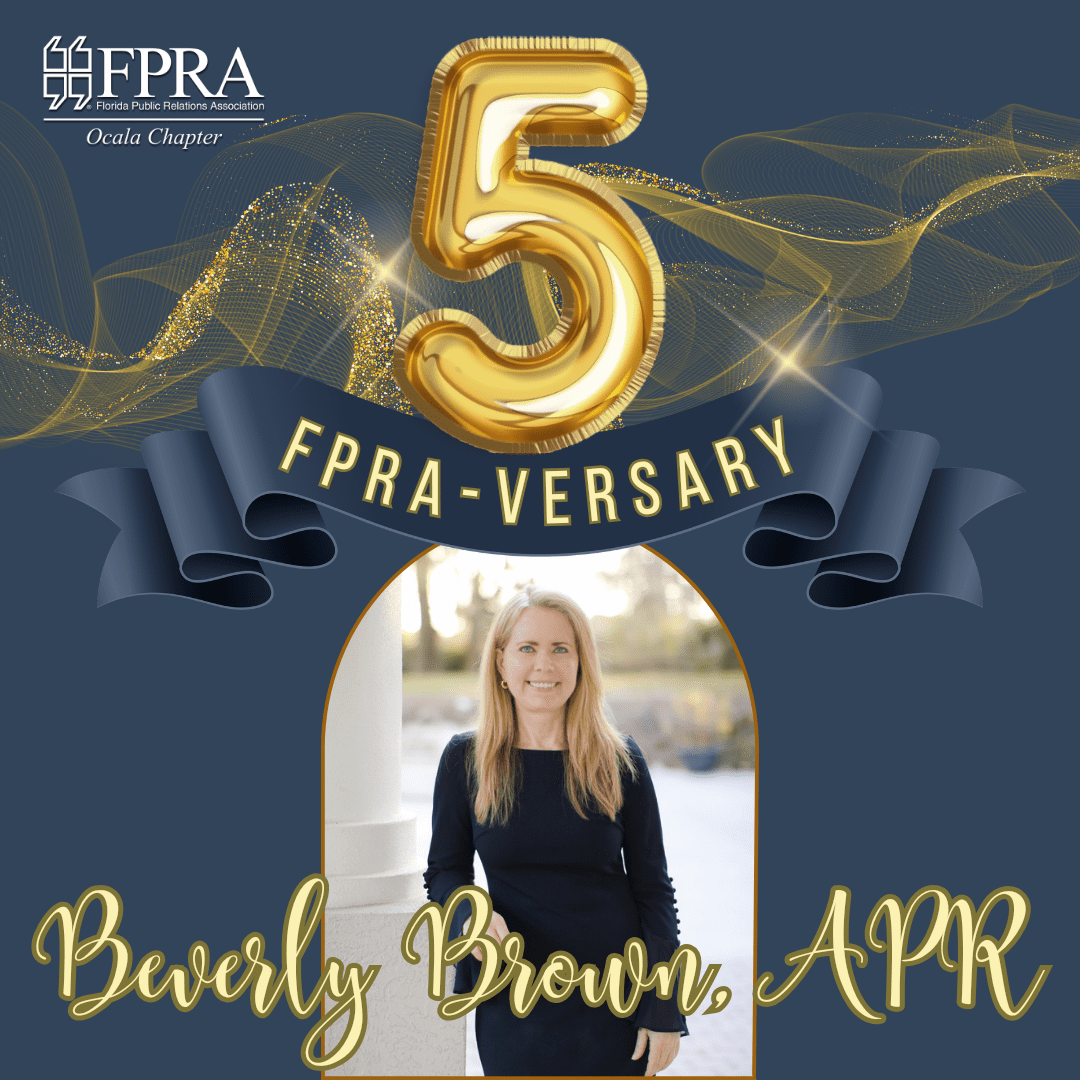
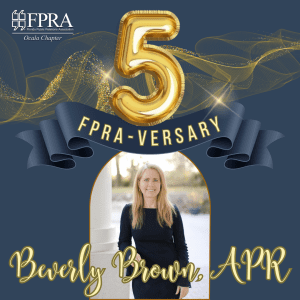 Congratulations to
Congratulations to 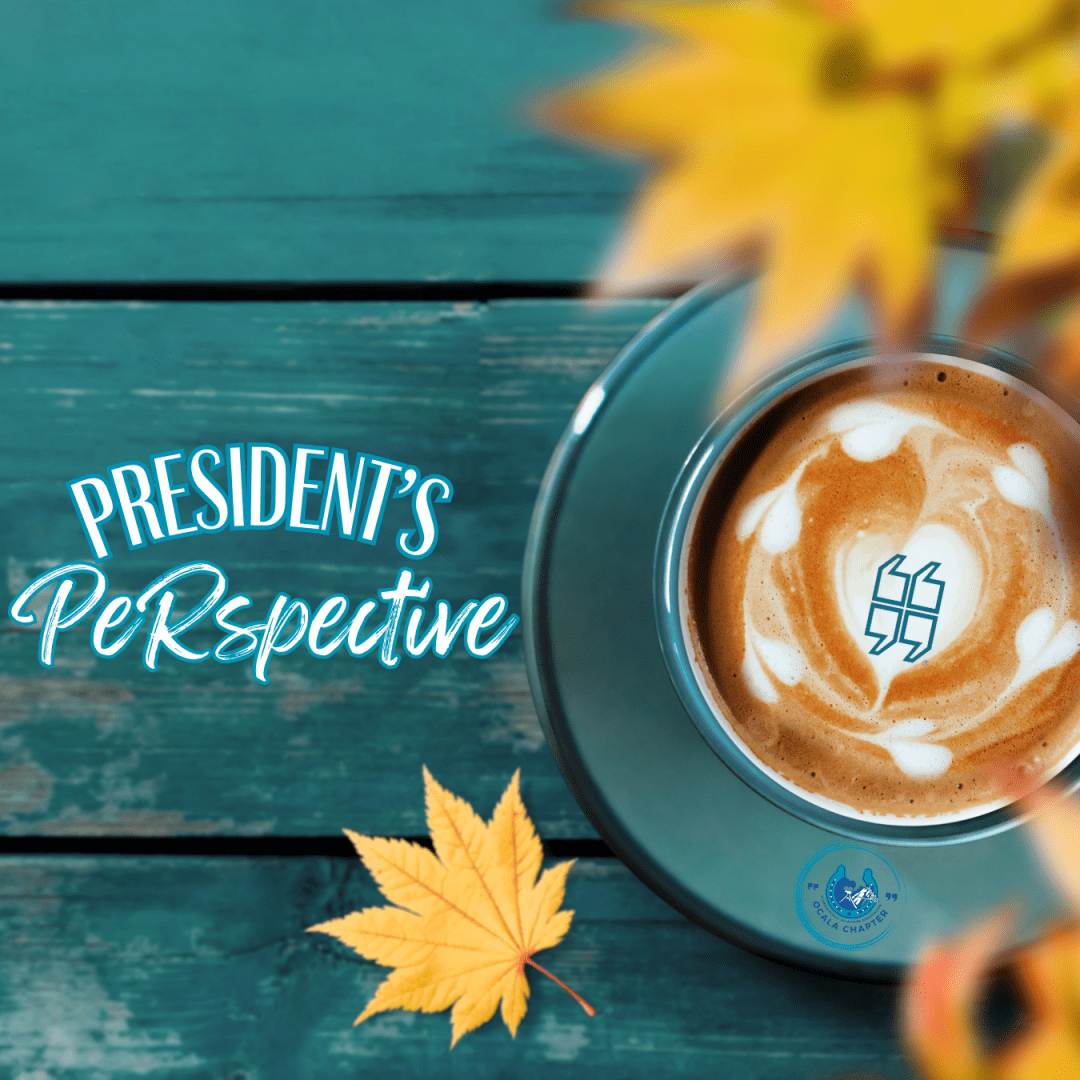
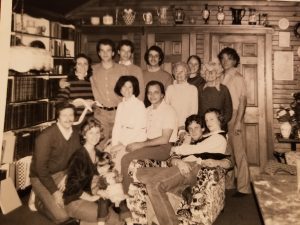
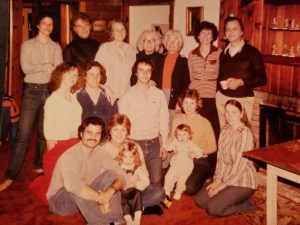
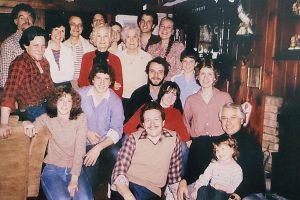
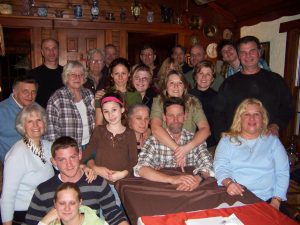

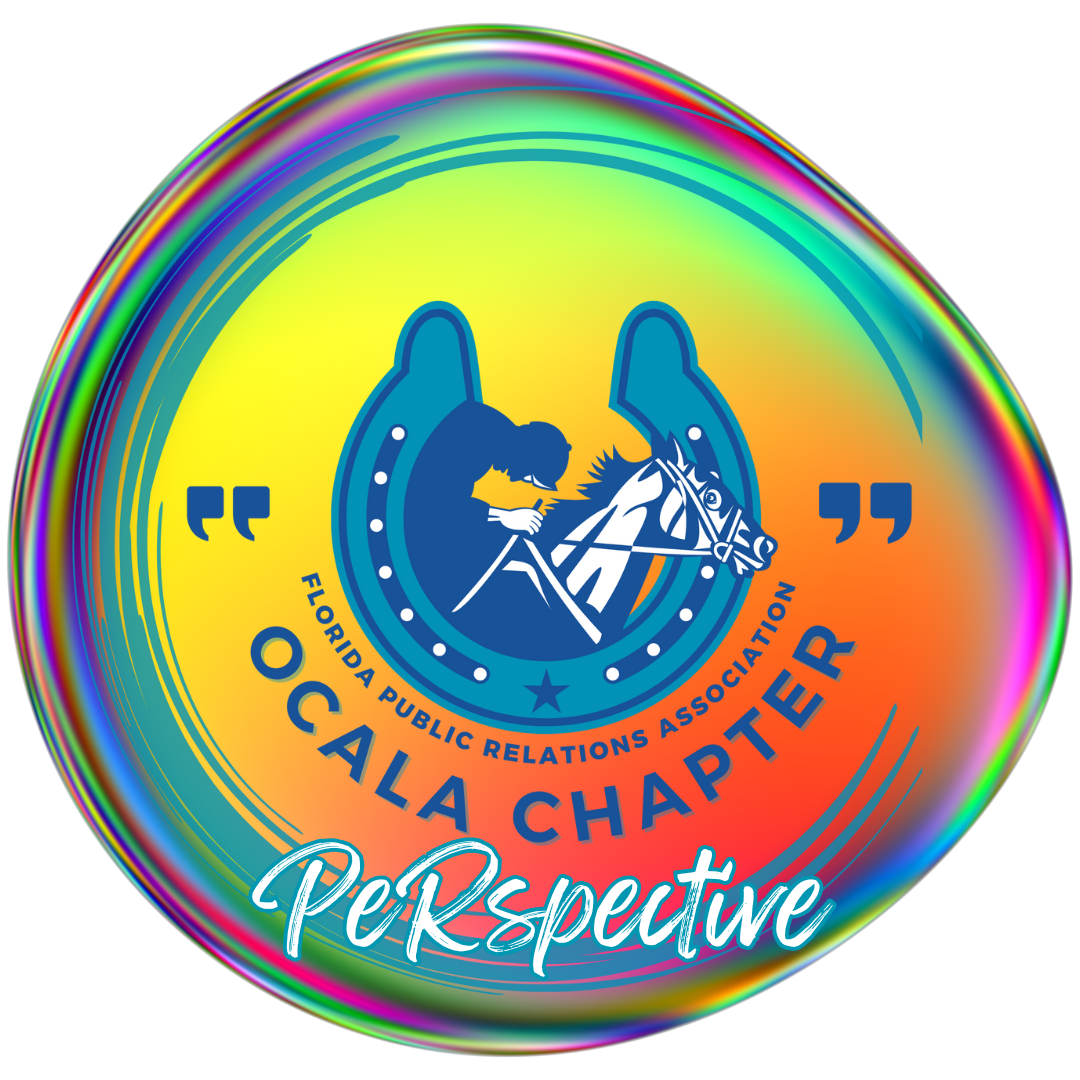
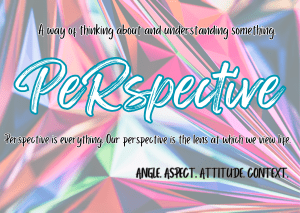 At our leadership board retreat to kick-off the new chapter year, I started out by giving everyone a kaleidoscope. It was one of my favorite toys as a kid, and one of the first ones that I remember. Coincidentally, 45 years later my mom still has it in my “childhood memory” box. One of my fondest memories with my kaleidoscope was looking through it while pointing it in different light directions – outdoors, my bedroom light, natural sunlight, etc. I would then slowly turn the end of it and watch the magic happen inside. So why did I bring kaleidoscopes to the board? To serve as a daily reminder that we need be mindful to what other people see, how they feel, what their perspective might be – their perspective. When I was in my junior year at Ohio University, I was asked to participate in a pilot program for the 7 Habits of Highly Effective People. Stephen Covey defines this as the fifth habit in his bestselling book, “7 Habits of Highly Effective People.” It’s critical: Seek first to understand, then to be understood. Seeking real understanding affirms the other person and what they have to say. That’s what they want.”
At our leadership board retreat to kick-off the new chapter year, I started out by giving everyone a kaleidoscope. It was one of my favorite toys as a kid, and one of the first ones that I remember. Coincidentally, 45 years later my mom still has it in my “childhood memory” box. One of my fondest memories with my kaleidoscope was looking through it while pointing it in different light directions – outdoors, my bedroom light, natural sunlight, etc. I would then slowly turn the end of it and watch the magic happen inside. So why did I bring kaleidoscopes to the board? To serve as a daily reminder that we need be mindful to what other people see, how they feel, what their perspective might be – their perspective. When I was in my junior year at Ohio University, I was asked to participate in a pilot program for the 7 Habits of Highly Effective People. Stephen Covey defines this as the fifth habit in his bestselling book, “7 Habits of Highly Effective People.” It’s critical: Seek first to understand, then to be understood. Seeking real understanding affirms the other person and what they have to say. That’s what they want.” 